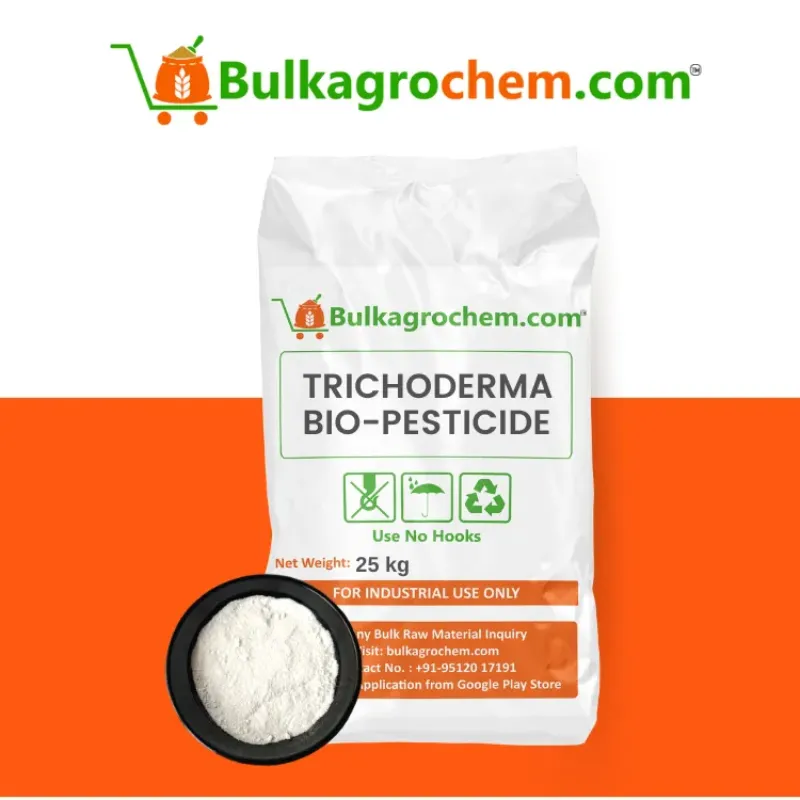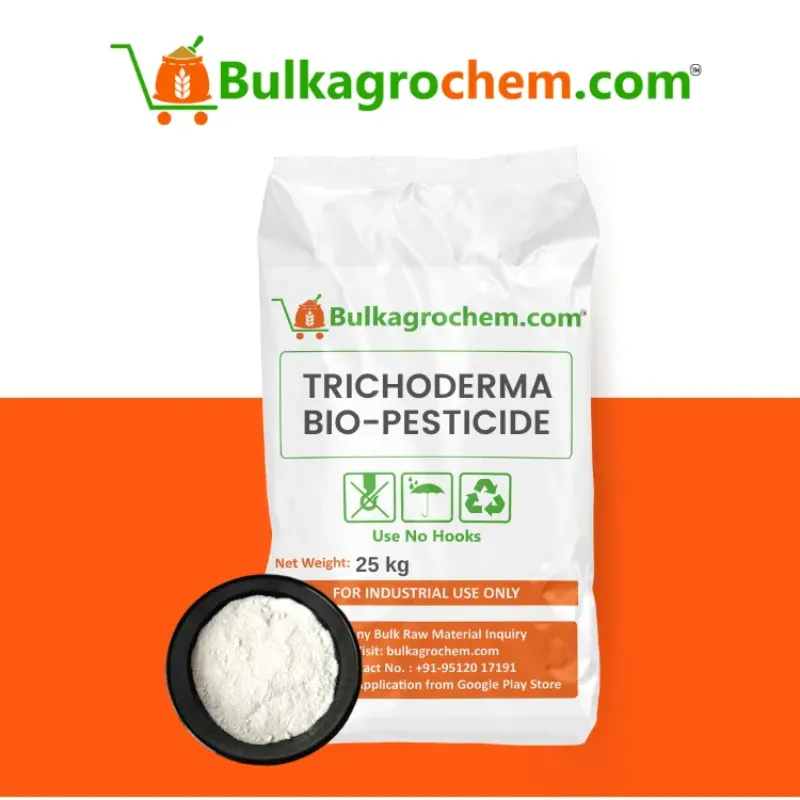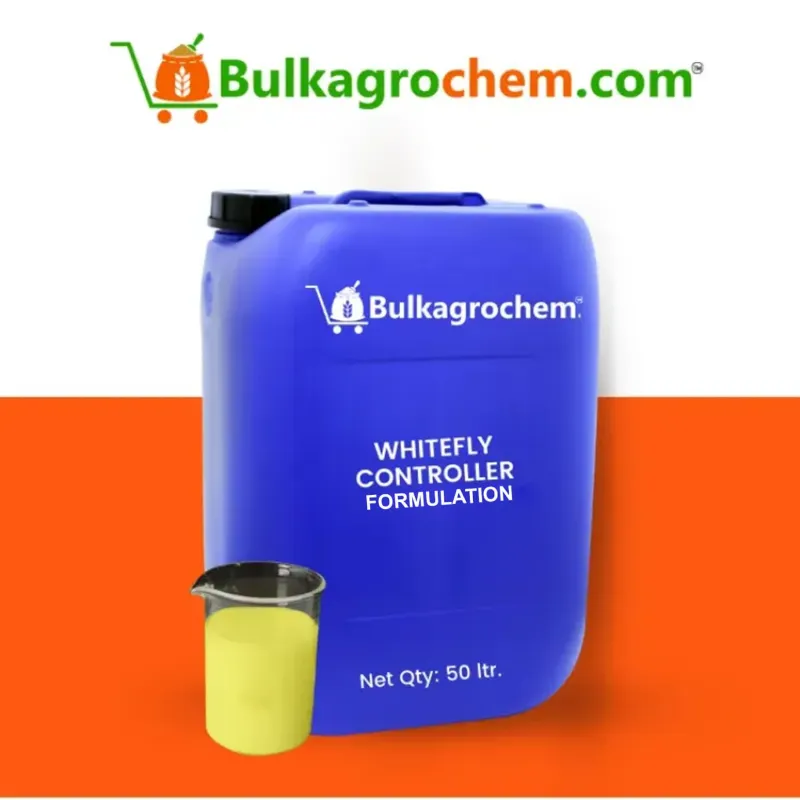At Bulkagrochem, we are dedicated to enhancing agricultural productivity through innovative soil management solutions. Our focus on optimizing nutrient uptake in crops is supported by our advanced soil products like Amino Acid Bio Stimulant Liquid Formulation and Humic Acid 70% Powder Formulation. These products are designed to improve soil health and fertility, enabling farmers to maximize crop yields and ensure efficient nutrient utilization. By employing our cutting-edge solutions, farmers can address various soil challenges and achieve sustainable growth while enhancing the overall quality of their crops. Optimizing nutrient uptake in crops through effective soil management practices is vital for achieving high crop yields and maintaining soil health. At Bulkagrochem, our specialized products like Amino Acid Bio Stimulant Liquid Formulation and Humic Acid 70% Powder Formulation are designed to support farmers in enhancing soil fertility and nutrient availability. By integrating soil testing, organic matter incorporation, pH adjustment, and best fertilizer practices, farmers can significantly improve nutrient uptake and crop performance. Embracing these soil management strategies not only boosts agricultural productivity but also promotes sustainable farming practices, ensuring long-term benefits for both the environment and the farming community.Introduction
Benefits of Soil Management Products
Enhanced Nutrient Availability: Products like Amino Acid Bio Stimulant Liquid Formulation improve soil nutrient availability by breaking down organic matter and increasing nutrient release.
Improved Soil Structure: Humic Acid 70% Powder Formulation enhances soil structure, leading to better root growth and increased nutrient uptake by creating a more favorable soil environment.
Increased Soil Fertility: Our soil management products contribute to long-term soil fertility by enriching soil with essential organic matter and beneficial microorganisms.
Better Moisture Retention: Effective soil management practices using our products improve soil's water-holding capacity, reducing the need for frequent irrigation and ensuring consistent nutrient supply.
Reduced Soil Erosion: By improving soil structure and fertility, products like Humic Acid 98% Flakes help prevent soil erosion, which can lead to nutrient loss and reduced crop productivity.
Optimized Microbial Activity: Amino Acid Bio Stimulant Liquid Formulation supports beneficial microbial activity, which plays a critical role in breaking down nutrients and making them available to plants.
Increased Crop Yield: Enhanced nutrient uptake and soil fertility directly contribute to higher crop yields, ensuring better returns for farmers.
Sustainable Agriculture: Our products support sustainable agricultural practices by promoting soil health and reducing the need for chemical fertilizers.
Main Points on Optimizing Nutrient Uptake Through Soil Management
Soil Testing and Analysis: Conducting regular soil tests is essential to understanding the nutrient status and pH levels of the soil. This information helps in making informed decisions about nutrient management and selecting appropriate soil amendments.
Incorporating Organic Matter: Adding organic matter such as compost or manure improves soil structure, increases nutrient-holding capacity, and fosters beneficial microbial activity. Products like Humic Acid 70% Powder Formulation enhance these benefits by enriching the soil with essential nutrients.
Adjusting Soil pH: Maintaining an optimal soil pH is crucial for nutrient availability. Soil management practices may involve adjusting pH levels using lime or sulfur to ensure that nutrients are accessible to crops.
Implementing Fertilizer Best Practices: Using slow-release fertilizers and applying them based on soil test recommendations helps in delivering nutrients gradually, reducing the risk of leaching and ensuring that crops receive a steady supply.
Practicing Conservation Tillage: Reducing tillage and adopting conservation tillage practices help preserve soil structure and prevent nutrient loss. This approach also minimizes soil erosion and maintains moisture levels, contributing to better nutrient uptake.
Conclusion
Bulkagrochem
Submit your contact number & get exciting offer
Bulkagrochem.com
Bulk Purchase & Get Bulk Discount
Share your number to receive customized bulk pricing, availability updates, and exclusive offers directly via WhatsApp.

Recommended Products




